Cup of Excellence (CoE), the largest quality competition for coffee on the globe, is still new to Peruvian farmers. The first edition took place in 2017, only 3 years ago and 18 years after the contest was launched in Brazil. Every year, the organizing committee strives to sell not only the winning lots, which go to auction, but also all shortlisted lots that don’t make it to the subasta internacional. However, the COVID pandemic meant many buyers have retreated, leaving 12 shortlisted farmers stuck. Now, they face the prospect of selling their 85+ lots on the local market as commercials. Unless roasters are willing to step in...
12 farmers, 6 regions, 85+ points
In October, the general coordinator of Peru’s CoE Geni Fundes - also general manager of Central Café & Cacao, responsible for organizing the competition - contacted Algrano through Pachamama Inversiones, an exporting partner in Central Peru. They wanted to give these 12 lots a second chance. Together, we decided to launch the Peru 2020 Shortlisted Series (CoE Submissions) on the Algrano platform. Their goal is to build a long-term relationship and to offer these lots through Algrano every year!
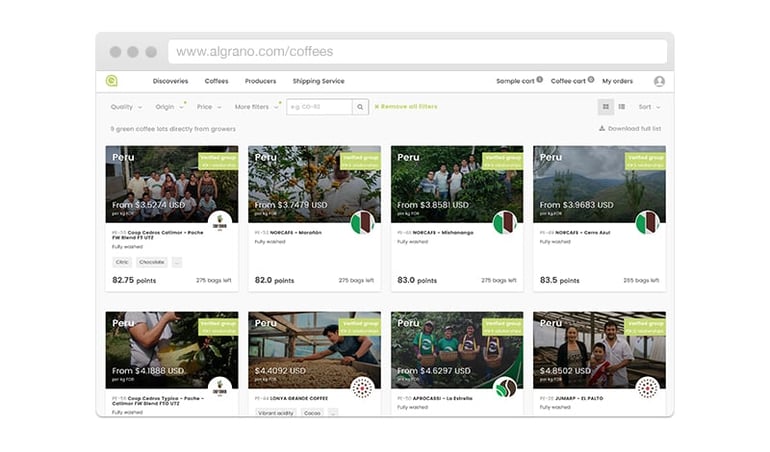
The 12 farmers in this project are smallholders (some of them dedicate only 1 hectare to coffee) from 6 regions: Cusco, Junin, Cajamarca, Huanuco, Amazonas and Pasco. Their coffees are mostly organically farmed and were grown by families at altitudes of up to 2200 m. All the coffees have scored above 85 points on the SCA scale. According to our Q Grader Veronika, the coffees have good consistent, elegance and vibrant acidity. Expect to find on the cup lots of dried and stone fruits, prunes, dark chocolate, a wide range of tea notes from cascara to black tea, florals, praline, and spices like vanilla.
Peru CoE: 13 years in the making
13 is the number of years needed by Geni Fundes to launch CoE in Peru. “We have tried to bring the Cup to Peru since 2004. However, as it demands a lot of resources and the Peruvian coffee sector was focused on certified coffees - mainly organic and Fairtrade - we didn’t find the will to make it happen,” Geni says. According to him, support for the initiative only grew after the leaf rust outbreak in 2013.
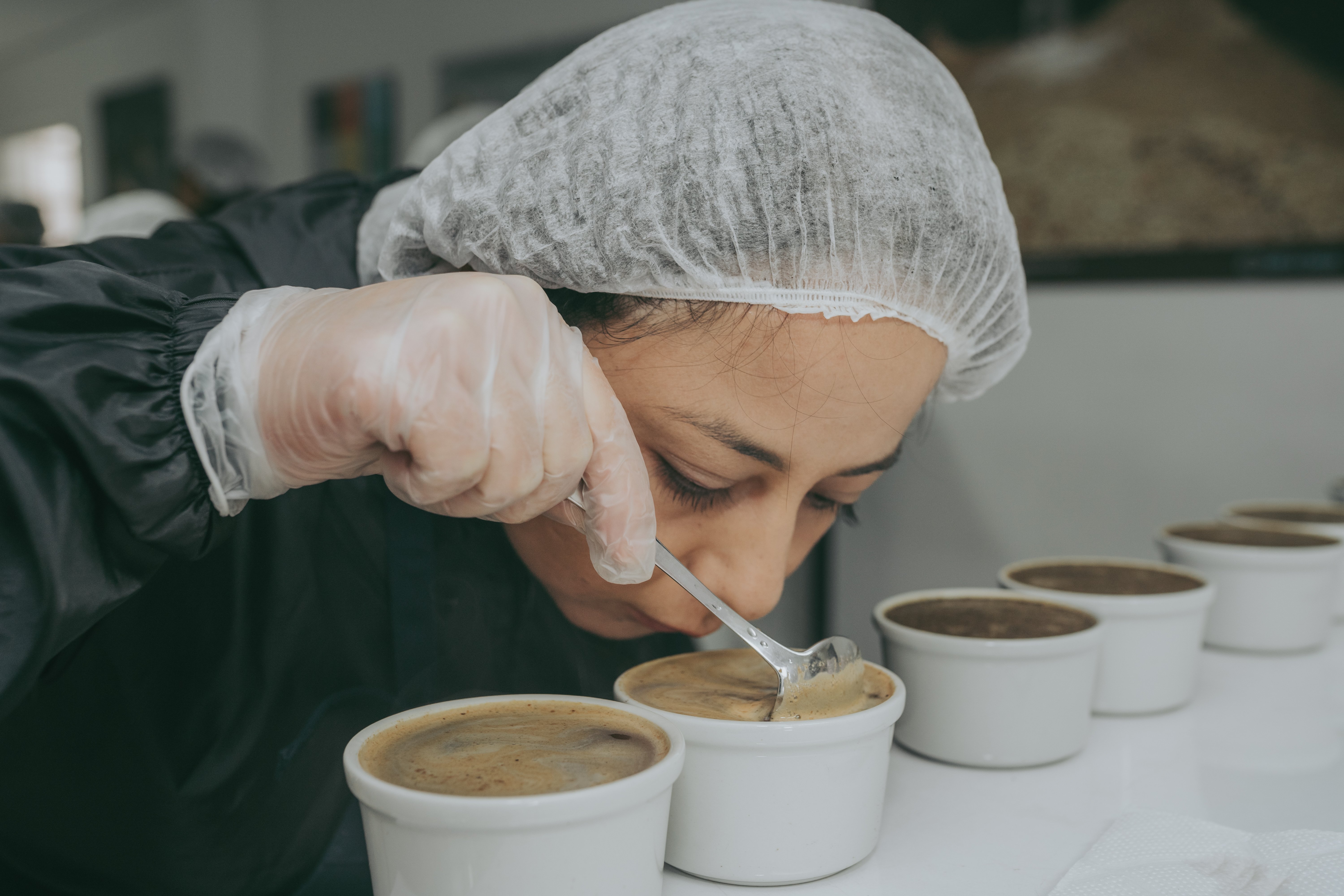
Back then, the Peruvian government dedicated funds to a wide coffee recovery program. Exports were down 40% due to the fungus and the sector was looking for new initiatives to boost the sector. “There were many factors that led to the creation of the Cup in Peru. Other than the roya, the market was already full of certified coffees,” Geni explains. After meeting members of ACE (Association for Coffee Excellence) in an event in Ireland in 2016 and discussing the subject, Geni decided it was time to give it another shot.
From certification to specialty: a tidal shift
Once again Geni sat different sector representatives - from exporters to cooperatives, the government and now ACE - on the same table. “The farmer reps were really keen to make it happen but we had to have everyone behind it,” Geni remembers. The decisive moment came when the Ministry for Agriculture backed the competition financially, covering 70% of all costs. It was a green light for the production of specialty coffee in the country, followed by numerous local initiatives to provide farmers with training and infrastructure.
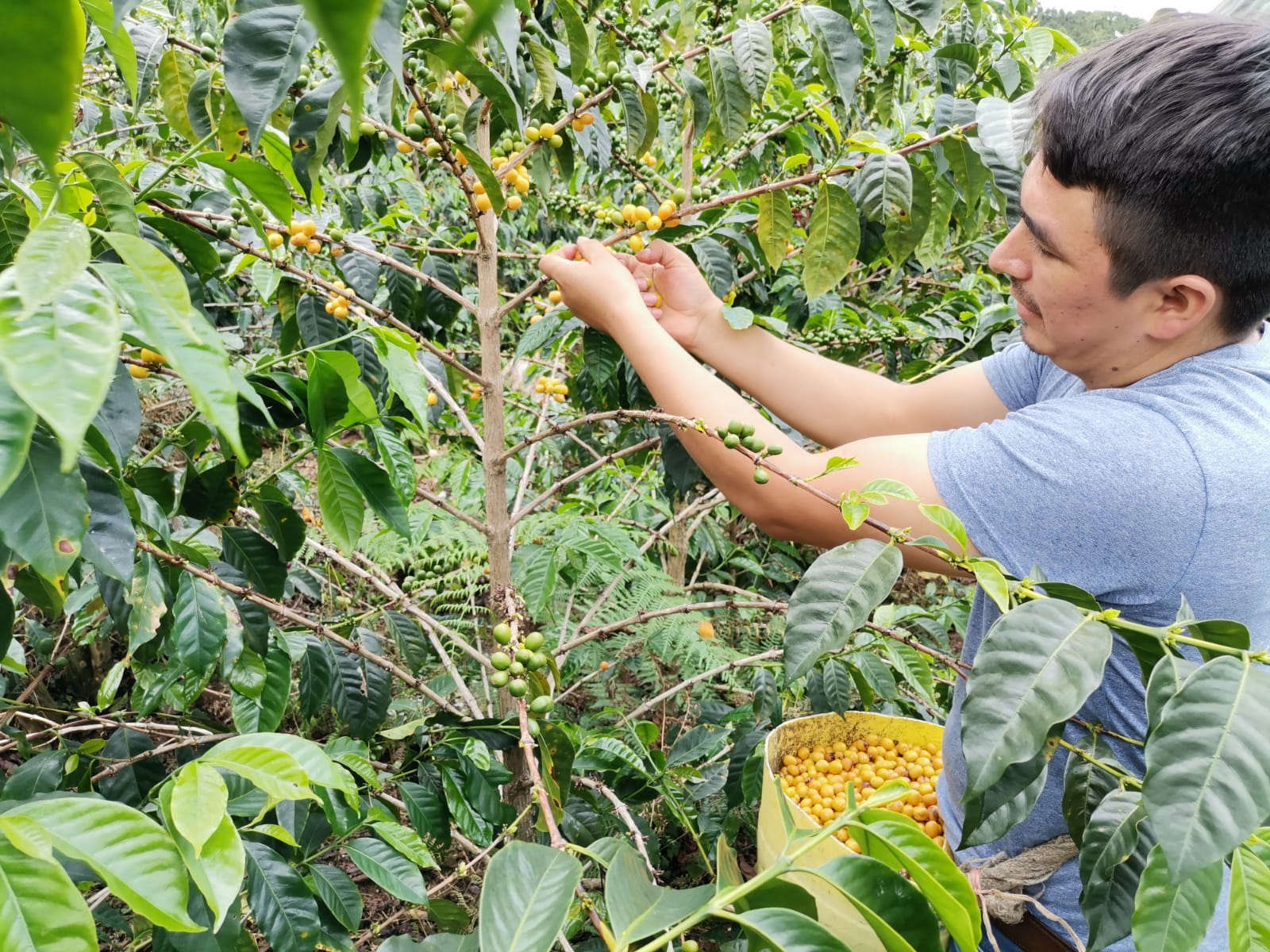
The first year of the competition was a success. More than 300 producers from 11 regions submitted samples and 19 lots went to auction. The prices passed the mark of 100 dollars per pound. There were a total of 76 pre-selected coffees and they were all sold. The same happened in 2018 and 2019. The competition moved from Lima to Cajamarca in the North, a region that had been put on the spotlight thanks to local farmers’ results on CoE.
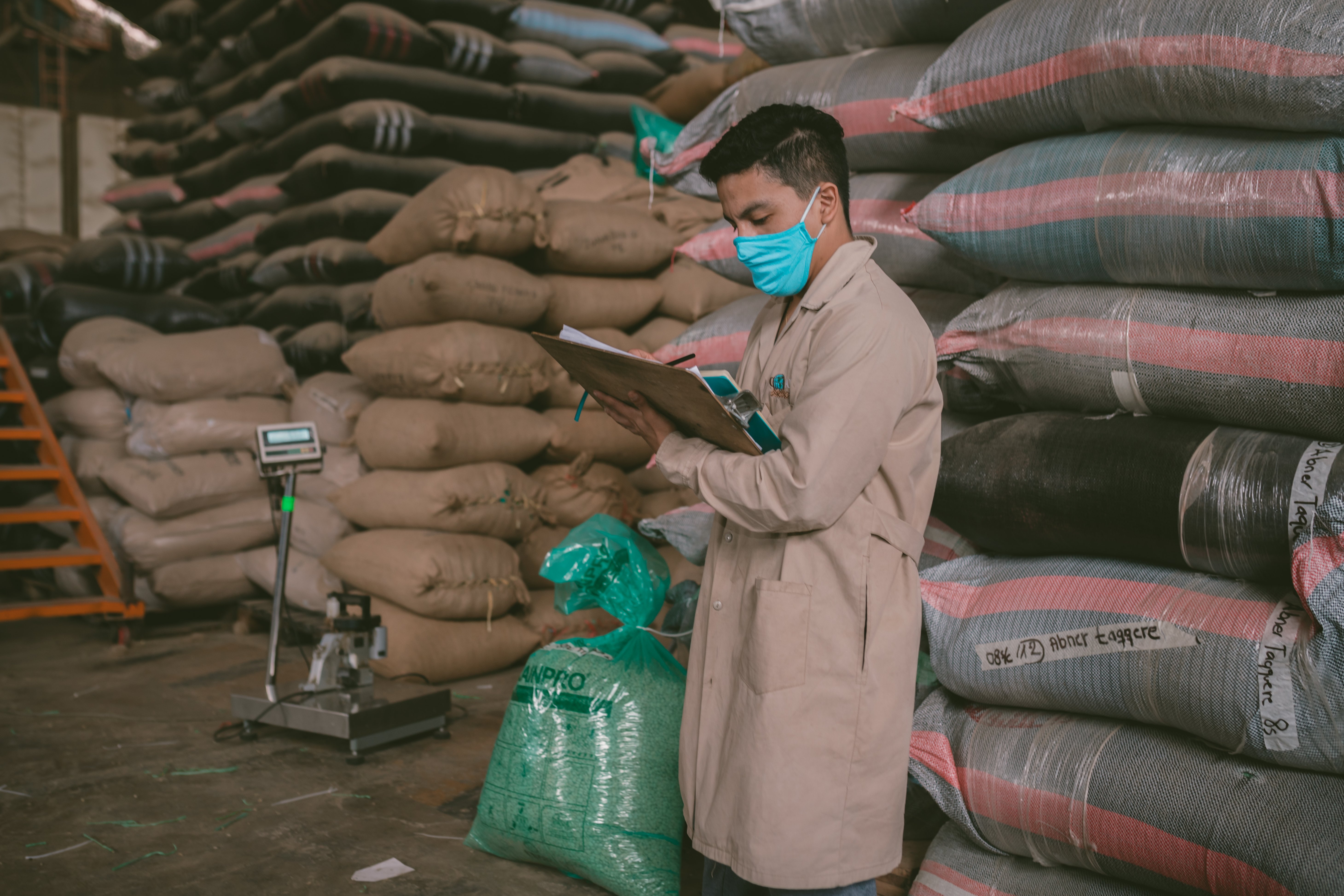
The effects of CoE were felt all over the country. “In 2019, 5% of all the coffees that left Peru were classed as specialty. Importers focused on high-quality started establishing local offices for the first time. The perception of Peruvian coffees is also changing in the international market. The high prices have been motivating farmers to invest in post-harvest and better drying practices,” lists Geni.
How roasters can give these farmers a second chance
“Our panel of specialists indicated that the quality has improved greatly over the years. There is a big leap from 2019 as well. The highlight of this year is definitely the consistency. Thanks to better processing techniques, the sensory quality of the coffees is being kept throughout time,” Geni explains. Each coffee is submitted to 4 rounds of cupping by Q Graders with international experience before the auction phase.
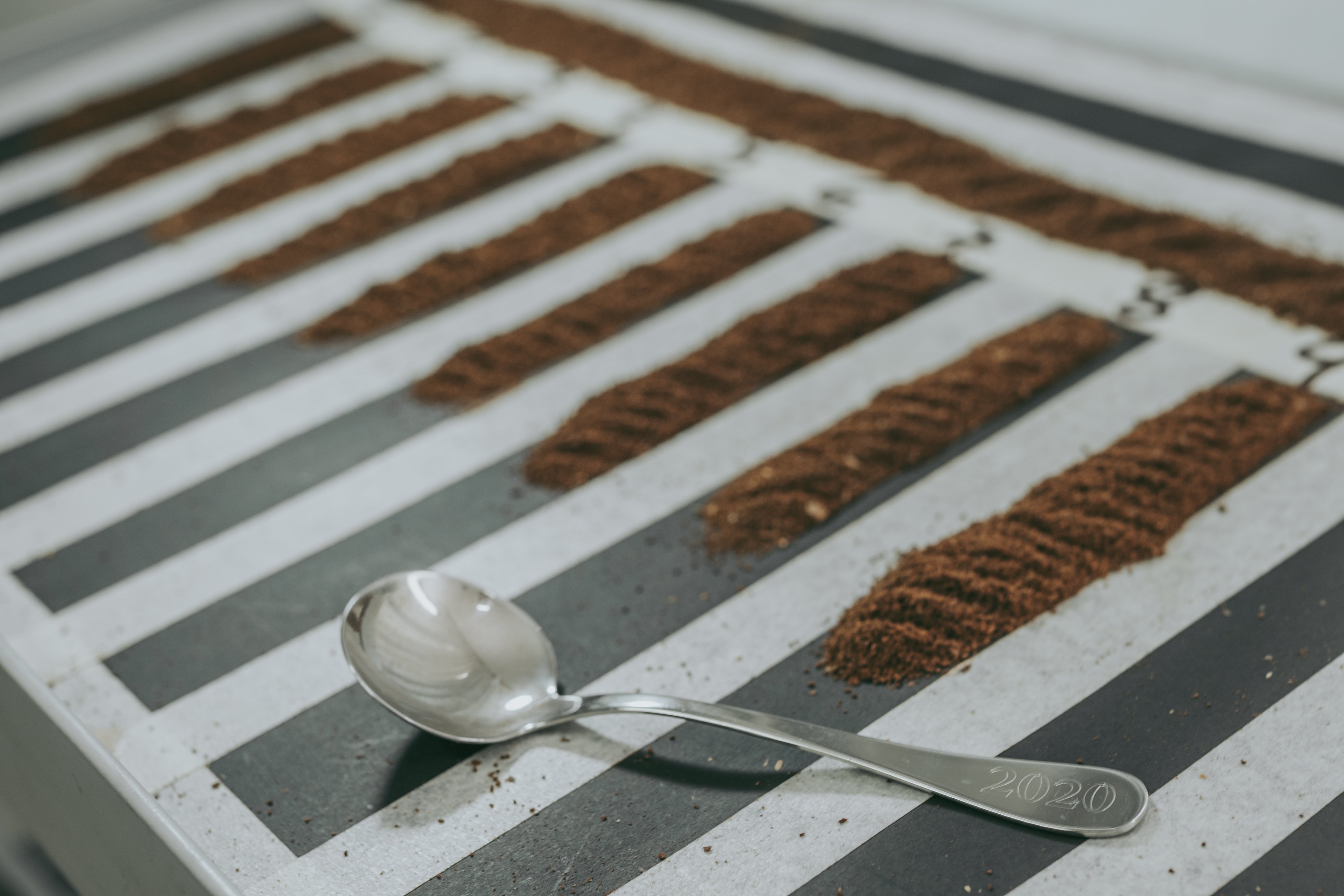
This year, the COVID pandemic had a dramatic impact on Peruvian production. Restrictions of movement in between districts led to work shortages on coffee areas, who usually rely on seasonal workers from other parts of the country. Geni fears production will be down by 30%, with COVID being potentially equally as disrupting as the roya. Production of micro-lots is down and only 184 farmers submitted samples to CoE. To avoid further harm to the sector, check the micro-lots on offer. Give these farmers a second chance.



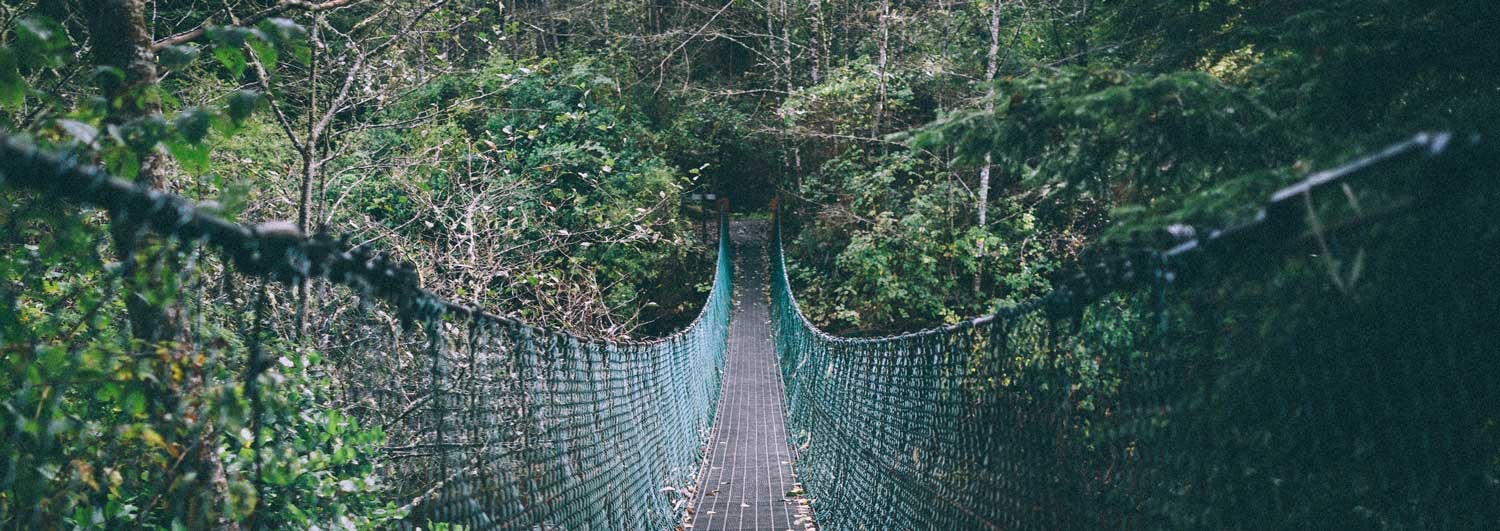

Let Us Know What You Thought about this Post.
Put your Comment Below.